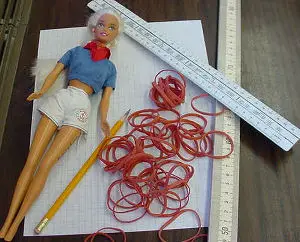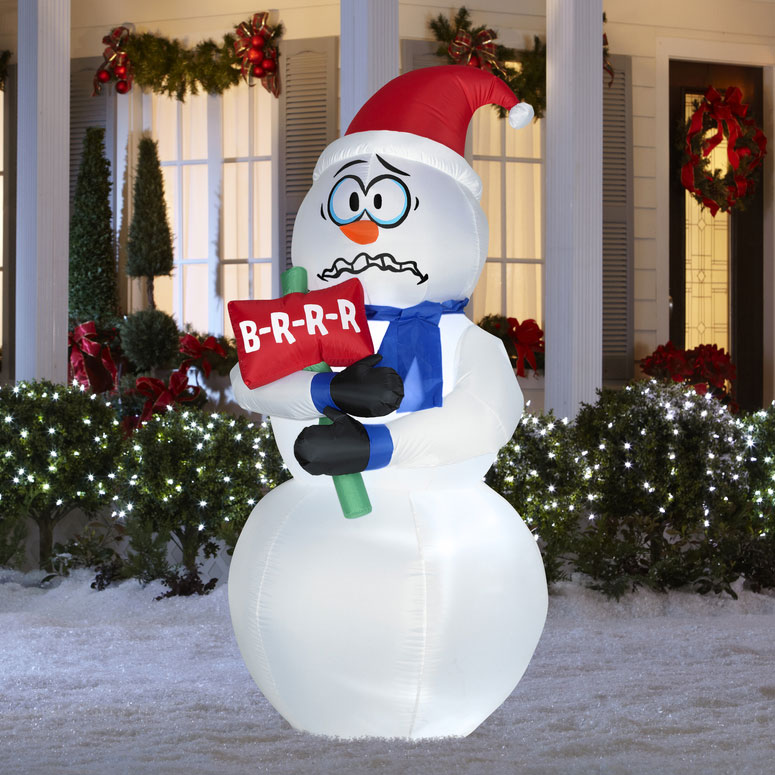Brrrrr! It's even cold for the snowmen.
Important Dates & Reminders
*I will try to highlight new dates and information with red text.
January 27, 2014: Progress reports sent home
January 30, 2014: Early dismissal at 11:05. I have contacted families directly where I feel a conference is necessary. I will be seeing other families through our RTI process as well.
February 10 - 14, 2014: Drop off donations for the Ohio Wildlife Center
The Ohio Wildlife Center donation sign up genius is at
http://www.signupgenius.com/go/10C0A4FA5AC2EA75-ohio
February 17, 2014: No school in honor of President's Day
February 19, 2014: Early release for professional development
March 27, 2014: End of the third quarter
March 28 - April 4, 2014: No school - Spring Break
April 7, 2014: No school for students, teacher grading day
April 14, 2014: 3rd quarter progress reports sent home
What We Learned
Word Study
I introduced homophones with the three forms of there/their/they're. The tips I give students are:
- there includes the word here and refers to a place or situation. It is the most commonly used form of there/their/they're.
- their includes the letter i as in I and refers to ownership or possession, e.g., That is their pencil.
- they're is the contraction for "they are" and it must be a grammatically correct substitute.
I introduced our first cursive letter, c, today. I will emphasize reading cursive over writing. Students have to read our daily morning message and routine reminder in cursive. However, we will cover all of the upper and lower case cursive letters and their connections. Letters will be introduced in "families" with shared letter formation attributes. Important pointers for cursive include tilting the paper to develop a slant, gross motor practice, maintaining a relaxed grip, starting point (top down) and connecting to subsequent letters. Once we have gone through the lower case letters I will encourage students to try cursive on spelling assessments as they are more finite and won't slow them down much. They are also welcome to write in cursive during free writing.

Reading
Our reading conferences continue to target individual students' needs in fluency, comprehension, and engagement.
I am pushing students to develop higher order comprehensions skills, "reading beyond the text," through asking questions, making predictions and inferring. We are working on this skill with non-fiction as well by identifying the key points in an article or book. Students began research and note taking skills this week. This will lead into a number of increasingly complex research projects over the remainder of the year. I love research as it is a beautiful marriage of reading and writing.
Writing
We are learning to take bulleted or numbered notes from read alouds, student leveled online sites and books. Students are also responding to read alouds via journal entries in first person as the main character. This also supports reading beyond the text Students share their journal responses with the class.
Most students are doing a tremendous job with their homework. I am working with a few on how to incorporate the question in their full sentence answers. For example:
What year was
the ukulele invented?
The ukulele was invented in 1879.

Math
I introduced five types of measurement this week: length, volume/capacity, weight/mass, and time. With all forms of measurement we will develop an awareness of the appropriate units of measure and personal references. We focused on linear measure. Linear measure is a real chicken and egg conundrum as to which to teach first: fractions, division, linear measure. Mastery of each of these three elements is dependent upon each other.
I am starting math friends again next week, a daily math intervention to support students, most of whom are still developing mastery of fractions.
Science
I am trying to introduce at least one STEM (Science, Technology, Engineering, and Math) project a week. This week we built balloon rockets. The challenge was to engineer a balloon powered rocket from a limited number of materials (balloons of different shapes and sizes, rubber bands, straws, tape, card stock and paperclips) that would travel the furthest linear distance. Students collaborated in small teams with the opportunity to test their rockets as they developed them. The class observed each team's final trial. The next day they had the opportunity to re-engineer. The class went from only one rocket working on the first day to a majority the second. We will revisit this project in the future and build on the skills we're developing and will tie it to Newton's Third Law, for every action there is an opposite and equal reaction.

Next week, Barbie Bungee! I'm excited to share we will also be working with a senior on their capstone project in computer science. He will introduce computer programming to the class and see how they are able to use it to explain content we are learning in class. Should be a lot of fun.
Have a great weekend.









